The Epidemiology and Surveillance Unit is a specialised division at SIDC dedicated to tracking and analysing patterns of infectious diseases within a population. This unit collects and monitors data on disease incidence, transmission dynamics, and risk factors to identify outbreaks, inform public health policies, and implement targeted interventions. By utilising epidemiological methods and surveillance techniques, this unit plays a crucial role in disease prevention, control, and response, ultimately safeguarding public health.
Research Facilities
Explore Our Facilities
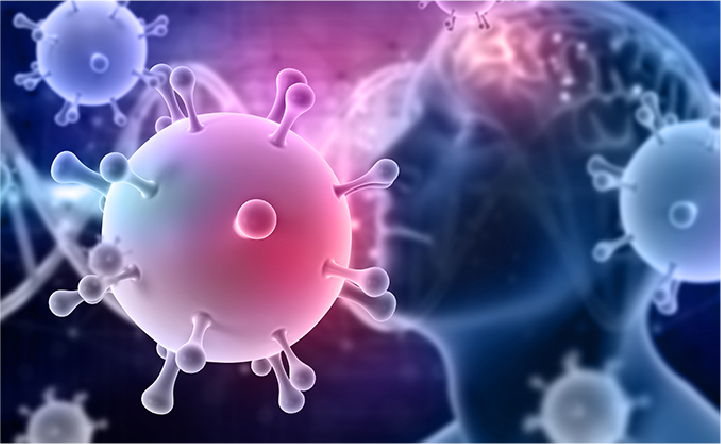
The Epidemiology and Surveillance Unit
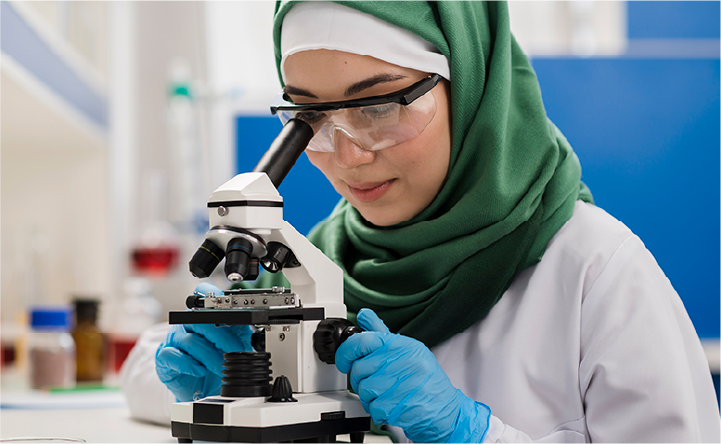
Drug Discovery Unit
SIDC’s Drug Discovery Unit is dedicated to the exploration and creation of novel medications and therapeutic approaches for various diseases. It employs a multidisciplinary approach, combining expertise in pharmacology, chemistry, biology, and clinical research to identify potential drug targets, develop candidate compounds, and optimise their efficacy and safety profiles through rigorous testing and evaluation. By translating scientific discoveries into viable treatments, this unit aims to address unmet medical needs, improve patient outcomes, and advance the field of medicine.
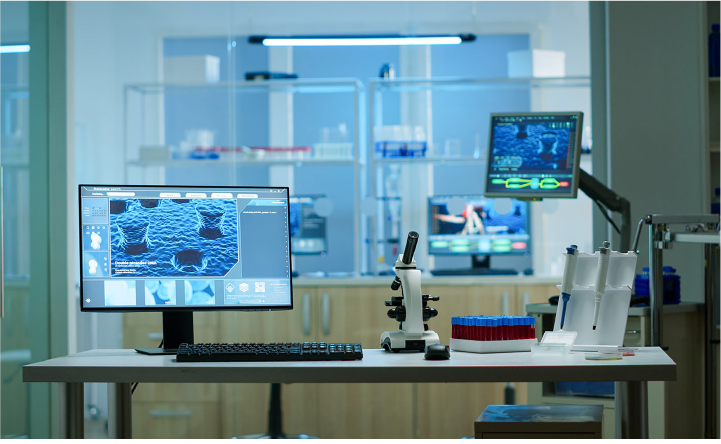
The Laboratory Diagnostic Unit
The Laboratory Diagnostics Unit at SIDC focuses on the development and advancement of innovative diagnostic tools and technologies for disease detection and monitoring. This unit harnesses expertise in molecular biology, biochemistry, engineering, and data science to develop accurate, reliable, and cost-effective diagnostic assays, imaging techniques, and point-of-care devices. Through rigorous validation and optimization processes, these diagnostics are tailored to meet specific clinical needs, enabling early detection, precise diagnosis, and effective management of diseases. The Laboratory Diagnostics Unit plays a pivotal role in improving healthcare outcomes by facilitating timely intervention and personalised treatment strategies.
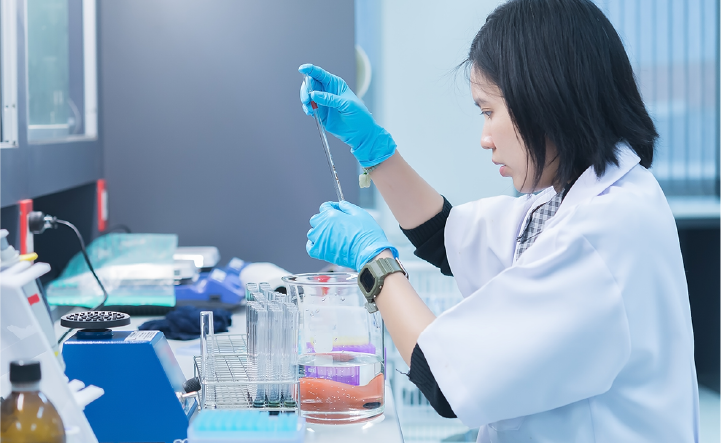
The Fundamental and Applied Unit
The Fundamental and Applied Unit at SIDC serves as a core facility and service dedicated to advancing both basic research and practical applications through analytical techniques. This facility integrates fundamental scientific principles with practical methodologies to address a wide range of scientific questions and real-world challenges. It offers state-of-the-art instrumentation and expertise in various analytical methods such as spectroscopy, chromatography, mass spectrometry, and 2 microscopy. Researchers and industry professionals can access our facility to analyse samples, characterise materials, and elucidate molecular structures, ultimately driving scientific discovery, co-developed innovation, and problem-solving across disciplines.
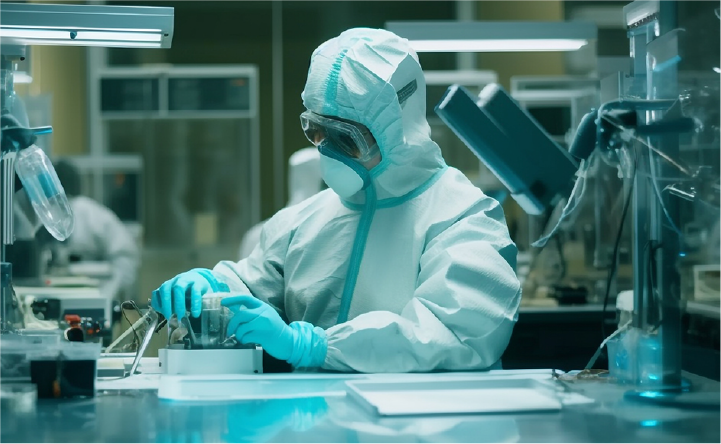
Biosafety Level 3 (BSL3) Laboratory
Sarawak will have its own BSL3 laboratory at SIDC, the first in the state, serving as a core facility and offering specialised services for conducting research and diagnostic activities involving highly infectious pathogens. This facility will provide a controlled environment with stringent safety protocols to
handle and study pathogens (microbes and viruses) that pose a significant risk to human and animal health.
The BSL3 laboratory at SIDC offers containment, isolation, and manipulation of hazardous biological agents under carefully controlled conditions to prevent accidental exposure or release. Researchers and healthcare professionals can access our BSL3 Laboratory to:
- conduct experiments involving infectious pathogens and
biohazards - develop therapeutics and vaccines
- study pathogen-host interactions
- diagnose infectious diseases safely and effectively.
This facility plays a critical role in advancing understanding of infectious diseases and developing strategies for their prevention, control, and treatment while minimising the risk of exposure to these potentially deadly agents.